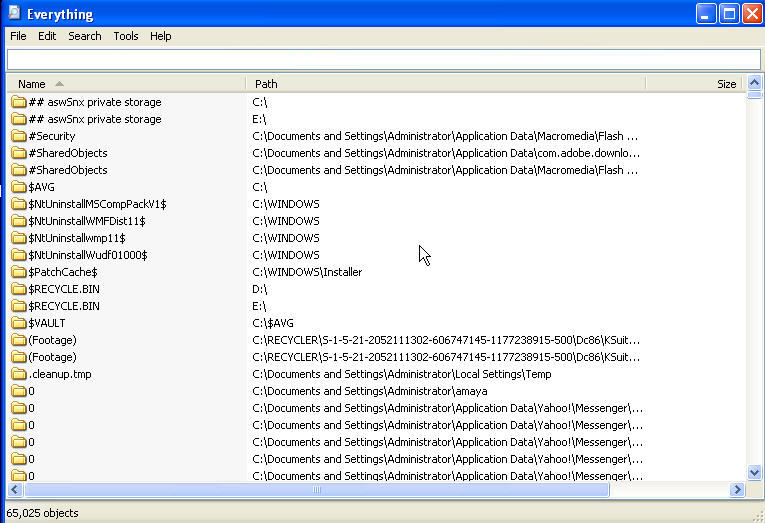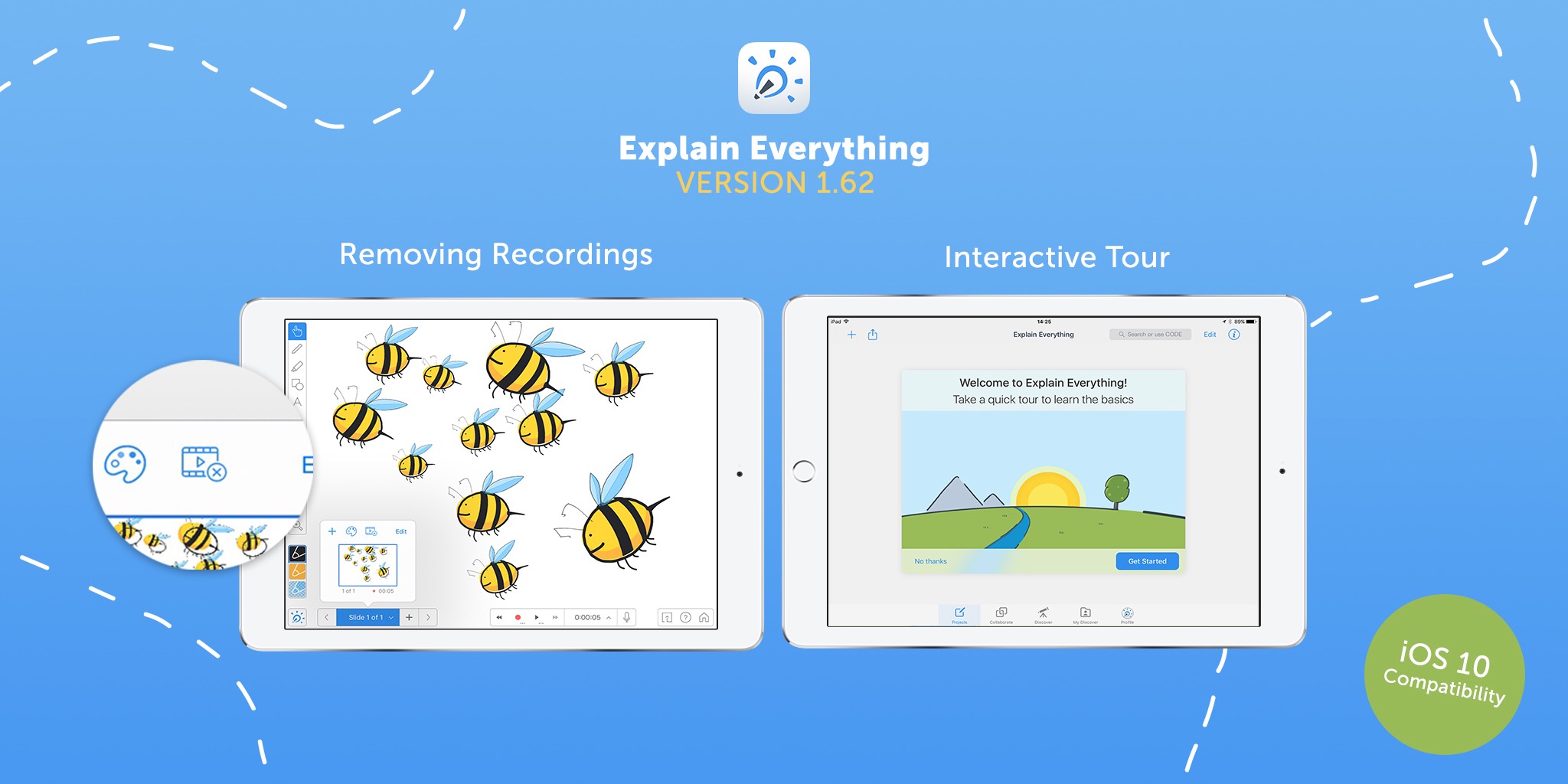

In theory, other applications are also supposed to log events to these logs. For example, you’ll often see errors that indicate a program crashed at a specific time-which may have been weeks ago-or that a service failed to start with Windows, but was likely started on a subsequent attempt. If there isn’t a problem with your computer, the errors in here are unlikely to be important.

The Event Viewer is designed to help system administrators keep tabs on their computers and troubleshoot problems. You’re sure to see some errors and warnings in Event Viewer, even if your computer is working fine. Security: When security logging is enabled (it’s off by default in Windows), this log records events related to security, such as logon attempts and resource access.System: The System log records events related to programs installed on the system.Application: The Application log records events related to Windows system components, such as drivers and built-in interface elements.While there are a lot of categories, the vast amount of troubleshooting you might want to do pertains to three of them: To launch the Event Viewer, just hit Start, type “Event Viewer” into the search box, and then click the result.Įvents are placed in different categories, each of which is related to a log that Windows keeps on events regarding that category.


 0 kommentar(er)
0 kommentar(er)
